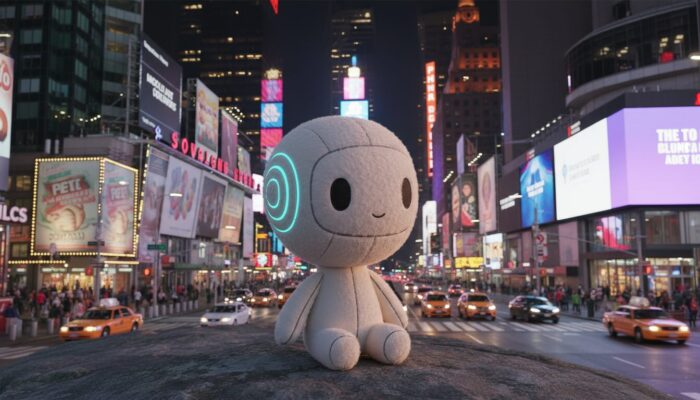This content originally appeared on Opera News and was authored by Julia Szyndzielorz
This week, we released support for the Sora 2 model for video generation with Opera Neon. Today, we’re adding another cool tool to the lineup: Google’s new, fast and efficient text-to-image model Nano Banana (in tech terms, it’s gemini-2.5-flash-image which just got out of preview). It’s now available to the Opera Neon users.
Meet Nano Banana
So, what is Nano Banana? It’s an image generation and editing model which allows you to quickly generate AI images. Its main benefits are that it maintains scene and character consistency as you generate, edit and re-edit images. Google’s Nano Banana has now become the default image generation model in Opera Neon, replacing Imagen 4.0 / Ultra models, which are still available for our users together with GPT Image 1.

How it fits into your workflow
We’ve integrated Nano Banana to support the day-to-day needs of designers, developers, and anyone who creates things on the web.
We think it may be actually one of the coolest procrastination tools – you may want to put your own photos and just play with it. Below are some hints for what you can try in Neon.
Some prompts you might find interesting:
Create a highly detailed, photorealistic diorama inside a transparent gashapon capsule, delicately held between two fingers. The centerpiece features the attached Neon Robot. The interior scene is set against a backdrop evocative of a starry night sky over Tokyo Tower. The lighting should be dramatic and cinematic, carefully tailored to reflect a magical, ethereal theme. The capsule itself consists of a clear, domed top and a solid, colored base in pearl white. The base is adorned with crescent moon motifs and sparkling stars and prominently features a label with “Opera Neon” rendered in a whimsical, celestial-inspired font.
Or:
Create a highly detailed, realistic image of a premium plush toy picturing the Opera Neon Robot (as attached). The plush features an oversized, rounded head, a small, compact body, and short, stubby limbs, all crafted from soft, fuzzy fabric with visible stitching along the seams. Its facial features are embroidered, giving it a charming and expressive look – either adorably cute or playfully emotive. The plush is posed sitting or standing in front of a dramatic Norwegian fjord landscape, with majestic cliffs and serene water in the background. The lighting is soft and even, emphasizing the plush texture and realistic craftsmanship. The composition is a centered, full-body view, focusing on the plush as the main subject.
But once done procrastinating, here are a few benefits we think you’ll find useful:
- Quick mockups and brainstorming: Need to see what an idea looks like? You can now generate a bunch of visual concepts right in your browser. A simple text prompt gets you a new set of images in seconds, making it easier to explore different directions without interrupting your flow.
- Creating practical assets: The model is quite good at producing specific kinds of visuals. You can use it to create simple icons for an app, vector-style illustrations for a presentation, or clear diagrams to explain a process. The focus is on clean, functional graphics.
- It works from the browser’s Omnibox: Nano Banana has now become Opera Neon’s default image generation tool. It is built into Opera Neon’s welcome page. This means you can just prompt the browser to generate an image and will generate it using “Nano Banana”
The right tool for the job
The addition of Nano Banana is about giving you options. It sits alongside our recent Sora 2 integration, offering a different kind of creative capability. While Sora 2 is there for when you need to generate high-quality video, Nano Banana provides a fast and simple solution for creating static images.
Our goal with Opera Neon is to make your browser a more useful and active part of your toolkit. The Nano Banana integration is now live for all Opera Neon users. We hope you’ll give it a try and see how it fits into your workflow. We’re looking forward to seeing what you create with it.
Join the Opera Neon waitlist at https://operaneon.com
This content originally appeared on Opera News and was authored by Julia Szyndzielorz